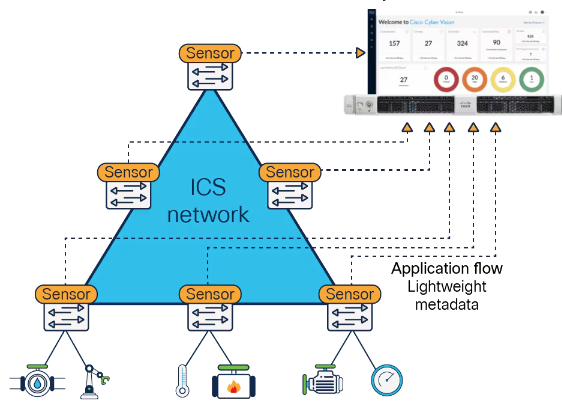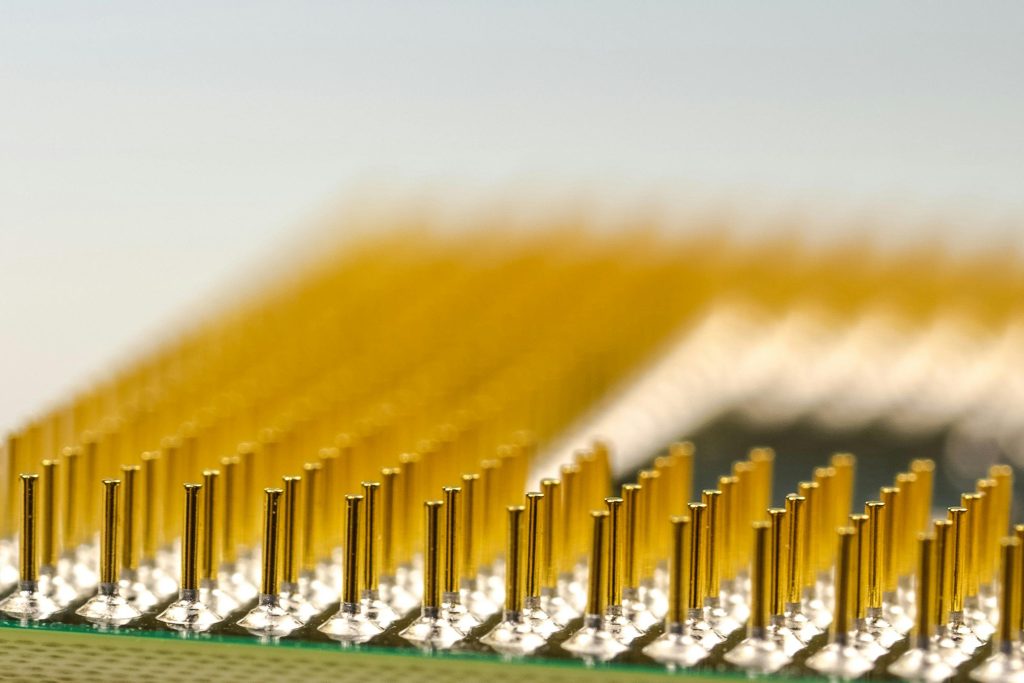Message Queuing Telemetry Transport (MQTT) is a lightweight, publish-subscribe messaging protocol designed for low-bandwidth, high-latency, and unreliable networks. Originally developed by IBM in 1999, MQTT has gained widespread adoption in Industrial Internet of Things (IIoT) applications due to its efficiency, scalability, and reliability.
This article explores the technical details of MQTT, its advantages in industrial automation, and various MQTT implementations, including Sparkplug, RabbitMQ, and other brokers.
Why MQTT is Used in Industrial Applications
MQTT is well-suited for industrial environments due to the following key characteristics:
1. Lightweight Protocol
- Uses a small code footprint, making it ideal for embedded systems and low-power IoT devices.
- Operates efficiently over low-bandwidth and high-latency networks.
2. Publish-Subscribe Model
- Devices do not need direct connections; instead, they publish data to a broker, which then distributes it to subscribers.
- Reduces network congestion compared to traditional request-response models.
3. Quality of Service (QoS) Levels
- QoS 0: At most once (fire-and-forget, no acknowledgment).
- QoS 1: At least once (message is delivered at least once but may be duplicated).
- QoS 2: Exactly once (ensures message delivery without duplication).
4. Retained Messages & Last Will Testament (LWT)
- Retained messages store the last known value of a topic, ensuring new subscribers immediately receive the latest data.
- LWT ensures that when a device unexpectedly disconnects, a pre-configured message is sent, allowing monitoring systems to detect failures.
5. Secure & Scalable
- Supports TLS encryption for secure data transmission.
- Authentication via username-password, client certificates, or OAuth.
- Can scale from small IoT deployments to large-scale industrial networks.
Technical Details of MQTT
1. MQTT Architecture
MQTT follows a client-broker architecture, consisting of:
- Publisher: Sends messages on specific topics.
- Broker: Routes messages from publishers to subscribers.
- Subscriber: Receives messages on subscribed topics.
2. MQTT Message Structure
Each MQTT message contains:
- Topic: The subject of the message.
- Payload: The actual data being sent.
- QoS Level: Defines message delivery reliability.
- Retain Flag: Indicates if the message should be stored.
3. MQTT Protocol Packet Types
- CONNECT: Initiates connection with the broker.
- PUBLISH: Sends data to a specific topic.
- SUBSCRIBE: Registers interest in a topic.
- DISCONNECT: Closes connection to the broker.
Types of MQTT Implementations
There are several MQTT implementations tailored for different industrial needs:
1. Sparkplug B
- An MQTT extension designed specifically for IIoT and industrial automation.
- Standardizes payload format, making it easier to integrate MQTT into SCADA and PLC systems.
- Supports real-time updates and state management.
2. RabbitMQ with MQTT Plugin
- A robust message broker that supports multiple protocols, including MQTT, AMQP, and STOMP.
- Provides high availability and load balancing for industrial applications.
- Allows hybrid messaging using MQTT and traditional queuing systems.
3. Mosquitto
- A lightweight, open-source MQTT broker ideal for embedded systems.
- Supports all QoS levels and TLS security.
- Commonly used in small-scale industrial applications.
4. HiveMQ
- An enterprise-grade MQTT broker optimized for high-throughput IIoT applications.
- Provides clustering, real-time monitoring, and integration with cloud platforms.
5. EMQX
- A scalable open-source MQTT broker with high performance.
- Supports 1 million+ concurrent connections.
- Ideal for large-scale industrial deployments.
Industrial Applications of MQTT
1. Smart Manufacturing
- Machine-to-Machine (M2M) Communication: MQTT enables real-time communication between PLCs, sensors, and SCADA systems.
- Predictive Maintenance: Sends machine health data to cloud analytics for preventive failure detection.
2. Energy Management
- Smart Grid Monitoring: Used in IEC 61850 power grid applications for real-time data collection.
- Renewable Energy Monitoring: Enables remote monitoring of solar and wind farms.
3. Oil & Gas Industry
- Used in pipeline monitoring, pressure sensors, and leak detection systems.
- MQTT with Sparkplug B ensures standard data formats across different SCADA vendors.
4. Building Automation
- Used in HVAC systems, lighting controls, and security monitoring.
- MQTT allows efficient data exchange between smart building components.
5. Autonomous Vehicles & Robotics
- Used in automated guided vehicles (AGVs) and robotic arms for real-time telemetry.
- Low latency and lightweight nature make MQTT ideal for edge computing applications.
Challenges and Considerations
While MQTT is a powerful protocol, certain challenges exist:
1. Security Concerns
- MQTT itself does not provide built-in security; TLS encryption and authentication mechanisms must be implemented.
2. Network Reliability
- MQTT depends on internet or local network stability. Using QoS 1 or 2 ensures reliability.
3. Scalability Issues
- Large-scale IIoT deployments require enterprise-grade brokers like HiveMQ or EMQX to handle millions of connections.
Conclusion
MQTT has revolutionized industrial automation by enabling efficient, scalable, and lightweight communication between devices and control systems. Its low bandwidth usage, real-time capabilities, and flexible architecture make it ideal for IIoT, SCADA, and Industry 4.0 applications. With specialized implementations like Sparkplug B, RabbitMQ, and HiveMQ, industries can achieve seamless integration, predictive analytics, and improved operational efficiency.
As industries continue to embrace digital transformation, MQTT will remain a key enabler in bridging legacy systems with modern cloud and edge computing solutions.



